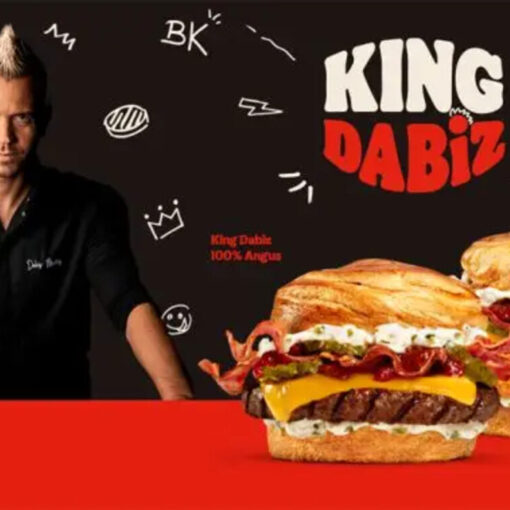Debate Format:
- Divide the students into two groups: Group A and Group B.
- Each group will be assigned a stance on the topic:
- Group A will argue that social media helps preserve and promote local traditions and culture
- Group B will argue that social media leads to the erosion and homogenization of local traditions and culture.
- Each group should appoint a spokesperson and prepare their arguments in advance.
- The debate will consist of opening statements, rebuttals, and closing statements.
How social media platforms can inadvertently encourage cultural appropriation and the commodification of local culture
- Fashion Trends and Cultural Appropriation:
- Social media platforms have seen instances where individuals, often from dominant cultures, appropriate elements of traditional clothing or accessories from marginalized or indigenous cultures for fashion trends. These trends may not respect the cultural significance of these items and can lead to cultural insensitivity.
- Halloween Costume Controversies:
- Every year, Halloween costume choices posted on social media generate controversy when individuals dress in costumes that caricature or stereotype cultures, perpetuating harmful stereotypes for likes and attention.
- Food Trends and Misrepresentation:
- Food trends on social media may result in the misrepresentation of traditional dishes from various cultures. For instance, an oversimplified or inauthentic version of a dish may gain popularity and become associated with a culture, potentially erasing the complexity and authenticity of the cuisine.
- Music and Artistic Expression:
- Some artists on social media may incorporate elements of different cultures into their work without proper understanding or respect for the cultural context. This can lead to the commodification of cultural symbols or practices for profit without benefiting the source culture.
- TikTok Challenges and Trends:
- TikTok, a popular short-form video platform, has faced criticism for challenges and trends that involve cultural appropriation or insensitivity. For instance, challenges that mimic traditional dances or rituals without understanding their cultural significance can perpetuate stereotypes.
- Influence of Influencers:
- Social media influencers often set trends and can unintentionally engage in cultural appropriation by using elements of different cultures in their content for views and engagement, without considering the potential harm.
- Commodification of Artifacts:
- The online sale of cultural artifacts, such as indigenous artwork, jewelry, or religious symbols, can sometimes lead to their commodification without proper understanding or respect for their significance.
- Tourism and Cultural Insensitivity:
- Social media can popularize travel destinations and experiences, but it can also encourage tourists to engage in culturally insensitive behaviors, such as inappropriate clothing or disrespectful photography at sacred sites.
- Festival Appropriation:
- Music festivals and cultural events are often documented and shared on social media. In some cases, festivalgoers may dress inappropriately or engage in behavior that disrespects the cultural origins of the event.
Examples of successful campaigns or initiatives on social media that have helped preserve and promote local culture
- #MyHeritageChallenge:
- This social media challenge encourages users to share stories, photos, and videos of their cultural heritage and traditions. It has been used by individuals and communities worldwide to celebrate and document their unique customs.
- Instagram’s «Support Local» Feature:
- Instagram introduced a «Support Local» sticker and feature that allows users to promote local businesses, artisans, and cultural events. This has helped raise awareness about local culture and boost local economies.
- #IndigenousPeopleDay:
- On platforms like Twitter and Instagram, the hashtag #IndigenousPeopleDay is used to showcase and celebrate indigenous cultures, languages, and traditions. It has become a platform for indigenous communities to share their heritage with a global audience.
- Virtual Museum Tours:
- Many museums have embraced social media to offer virtual tours and insights into their exhibits. This has not only preserved cultural artifacts but also made them accessible to a wider audience.
- YouTube Channels for Traditional Cooking:
- Various YouTube channels run by individuals and communities are dedicated to teaching traditional cooking techniques and recipes. These channels help preserve culinary traditions while allowing viewers from different backgrounds to learn and appreciate them.
- #FolkloreThursday:
- The #FolkloreThursday hashtag on Twitter is used to share folktales, myths, legends, and traditional stories from different cultures. It encourages the preservation and appreciation of oral traditions.
- Local Arts and Crafts Showcases:
- Many artisans and craftspersons use platforms like Etsy and Instagram to showcase and sell their handmade products, which often incorporate elements of local culture and traditions.
- Online Language Learning Communities:
- Social media platforms host communities focused on language learning. These communities provide resources and support for individuals looking to learn and preserve endangered or lesser-known languages.




